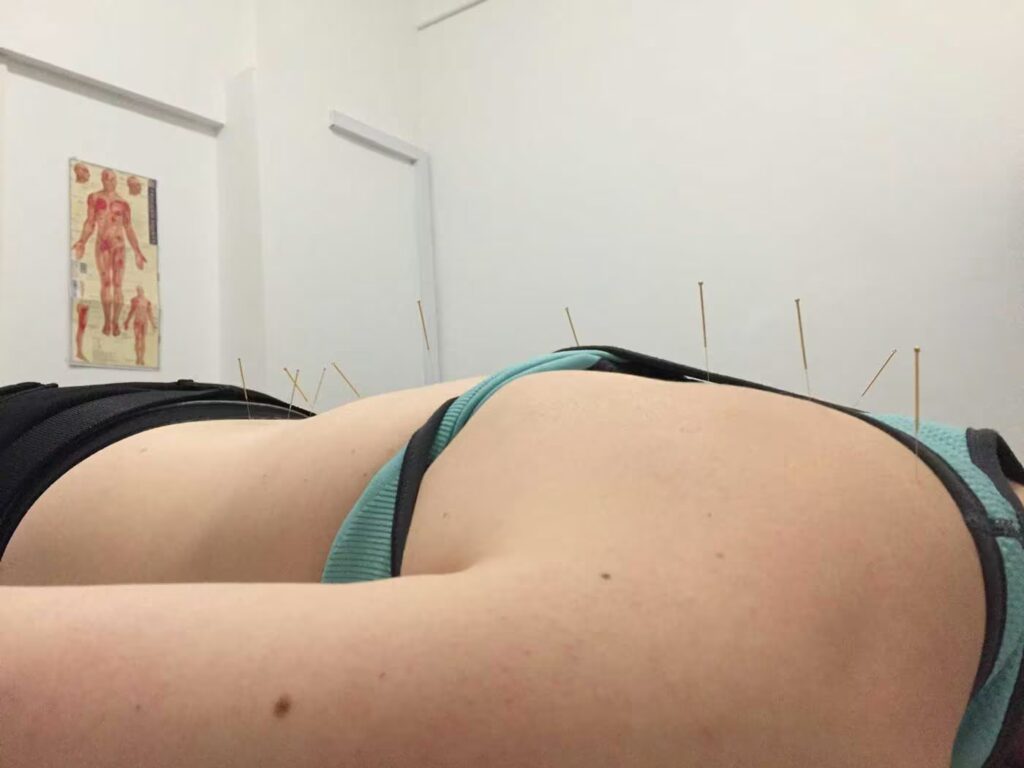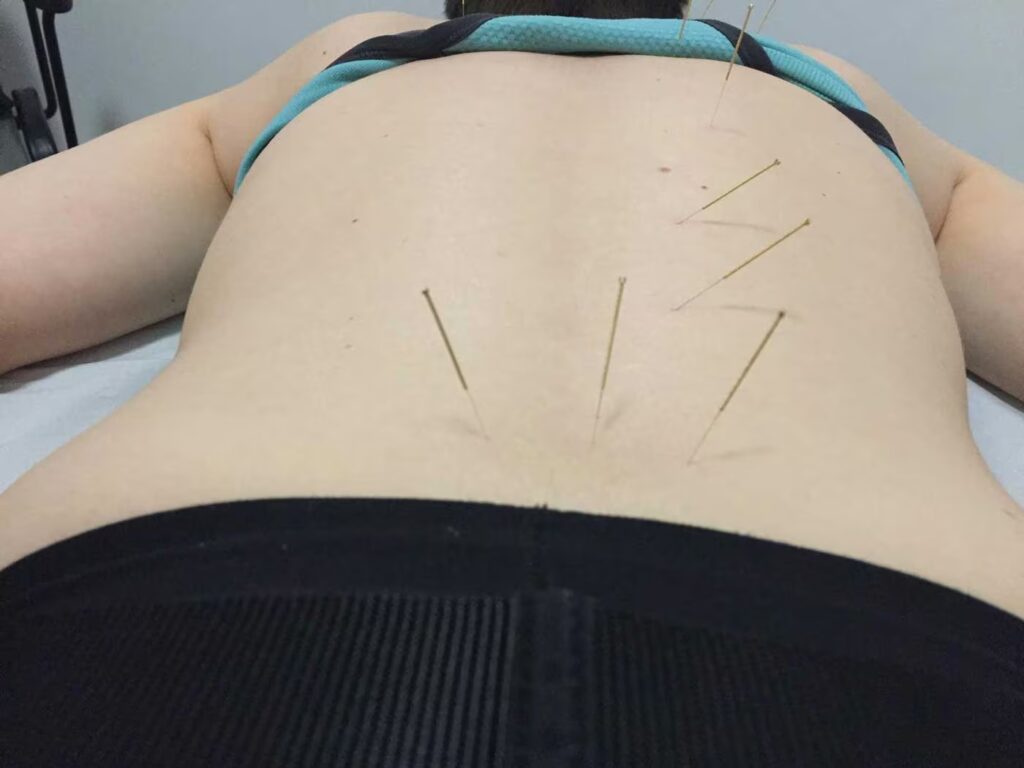About Acupuncture
Acupuncture can reduce pain by stimulating the brain and spinal cord to produce natural pain relieving chemicals such as endorphins, melatonin (which helps to improve sleep) and serotonin (to promote well being). These chemicals assist the bodies healing processes and offer pain relief. In traditional chinese medicine (TCM) it is believed that stimulating certain acupuncture points on the body can help to restore the balance between yin and yang that become disturbed in illness.
Conventional acupuncture involves the use of single-use, pre-sterilised, disposable, fine needles that are inserted into specific points on the body. A number of needles may be used during each treatment, in different areas on the body.
There are usually left in position for around 20 minutes before being removed.
Trigger point acupuncture can be used to aid relaxation in specific muscles following traumas, for longer- term unresolved muscle pain, or as a way of increasing muscle length in order to aid stretch and rehabilitation. The needles are inserted into the affected muscle until the tissue is felt to relax under the needle, which is then removed. This is often produces an effect quickly.

Acupressure and Cupping for Sensitive Conditions
For those who are scared of needles or are unable to have conventional acupuncture, acupressure, where the therapist use their hands to activate acupuncture or trigger points in order to relieve muscle tightness, or to stimulate Qi flow and balance the body. The amount of pressure used varies according to the condition.
This will/may not be a treatment option if you have one of the following:
- Are pregnant (Certain acupuncture points are unable to be used during pregnancy)
- Pacemaker
- Bleeding disorders
- Severe infections
- Unstable spine/recent surgery (Could increase risk of further injury)
- Certain skin conditions
For those interested in acupuncture but have a phobia of needles or are unable to have acupuncture, then cupping may be an option for you.

